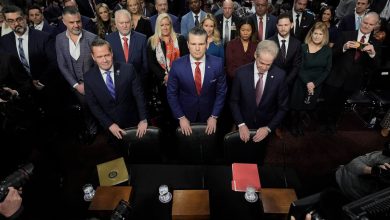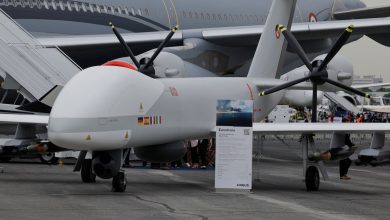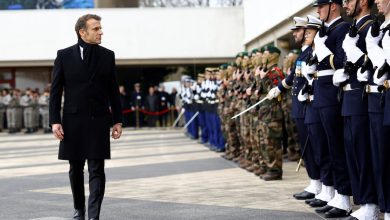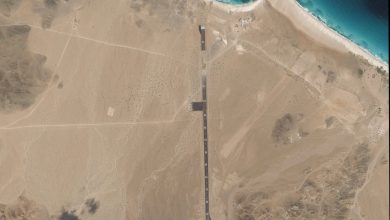Italian defense-spending rise may underwhelm new US leader
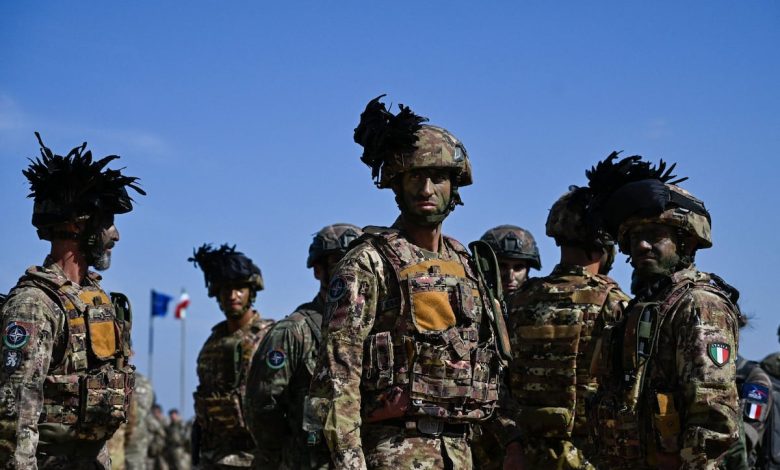
ROME — Italy’s defense spending is rising at a steady rate but is unlikely to be fast enough for Donald Trump.
With weeks to go before Trump returns to the White House, Rome remains one of the dwindling number of NATO members who have not hit the target they set themselves a decade ago of spending two percent of GDP on defense.
That could put Italy and others firmly back in the crosshairs of the next U.S. president, who looks set to be even keener to cut back on what he considers American largesse overseas.
Italy is to spend €29.18 billion ($30.89) on defense this year, a decent rise on last year’s €27.75 billion, defense minister Guido Crosetto told the Italian senate this month.
But this is only 1.54 percent of GDP, he added.
Despite this year’s defense budget document warning that the figure would drop slightly next year, finance minister Giancarlo Giorgetti this month reversed the forecast, claiming spending would edge up to 1.57 percent of GDP next year, to 1.58 percent in 2026 and to 1.61 percent in 2027.
It is a steady increase that nevertheless leaves Italy nowhere close to the two percent target.
“It needs to be stated that despite the funding, the objective of two percent of GDP requested by NATO is very ambitious,” Giorgetti told parliament.
Back in 2014 only three NATO members were spending two percent of GDP on defense, while today 23 have achieved that and only eight – including Italy – fail to hit the target.
While campaigning in February, Donald Trump said, “One of the leaders of a large country asked ‘If we don’t pay up and we are attacked by Russia, will you protect us?’, and I replied, ‘You haven’t paid up, we’re not going to protect you. I would encourage (the Russians) to do whatever the hell they want to you.”
In 2018, Trump said the spending share of GDP for NATO members should be doubled to four percent and this month new NATO Secretary-General Mark Rutte said, “We will have to spend more … It will be much more than the two percent. I’m clear about that.”
In defense of Italy’s spending record, one Rome-based analyst listed the number of procurement programs now underway.
“The army is buying over 1,000 new armored fighting vehicles, the navy is buying destroyers and the air force is buying 25 new F-35s and 24 new Eurofighters, as a well as Compass Call (electronic-attack) aircraft,” said Andrea Margelletti, the head of the Centre for InternationalStudies think tank in Rome.
“I am the first to criticize, but Italy is pushing spending. It is also supplying air defense batteries to Ukraine and buying more, it has ships protecting merchant vessels in the Red Sea and is part of a battle group at the edge of Europe. It all has a cost and I believe the U.S. can be content with what Italy is spending,” he said.
Margelletti also praised Italian defense minister Guido Crosetto for improving the “combat readiness” of Italian soldiers. “Crosetto has seen that conflict in Europe is a possibility,” he said.
A second analyst, who declined to be named, told Defense News it was more about how money was spent than how much.
Citing Poland, which has now driven defense spending to over four percent of GDP, he said, “Poland will now have four different types of tank, which is a logistical nightmare. It’s about spending better, not always more.”
If Italy can convince observers it is pulling its weight in the North Atlantic Alliance, some leaders here could nevertheless face criticism from the Trump administration for the strong support Rome has given Ukrainian leader Volodymyr Zelenskyy.
Other European leaders, like Hungary’s Viktor Orban, have won favor with Trump supporters for favoring a deal with Russia to end the conflict in Ukraine rather than continuing to arm Kyiv.
But Alessandro Marrone, who heads the defense program at Rome think tank IAI, said Rome’s support for arming Ukraine would not harm relations with the new U.S. government.
“All of the EU and NATO has supported Ukraine, it’s not a problem,” he said.
“Italy has a stable, conservative government and Italian prime minister Giorgia Meloni has a good relationship with Rutte, EU commission head Ursula von der Leyen and Elon Musk. She also pulled out of Italy’s Belt and Road agreement with China,” he said.
“Orban is less useful as an interlocutor,” he added.
Tom Kington is the Italy correspondent for Defense News.
Read the full article here

